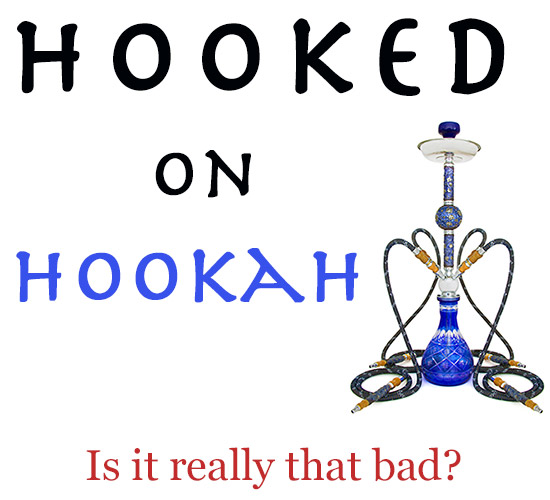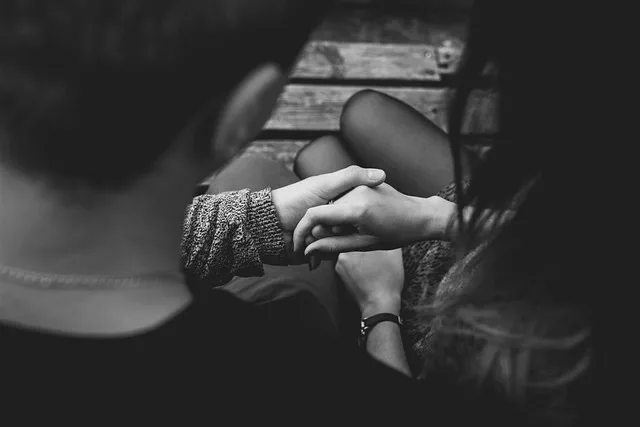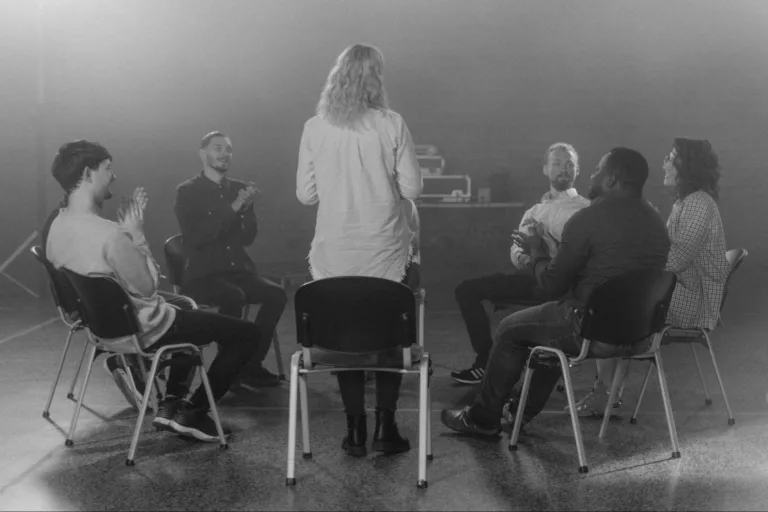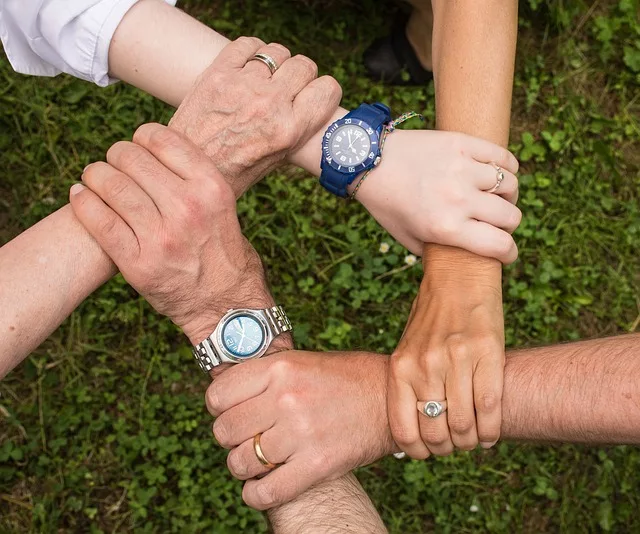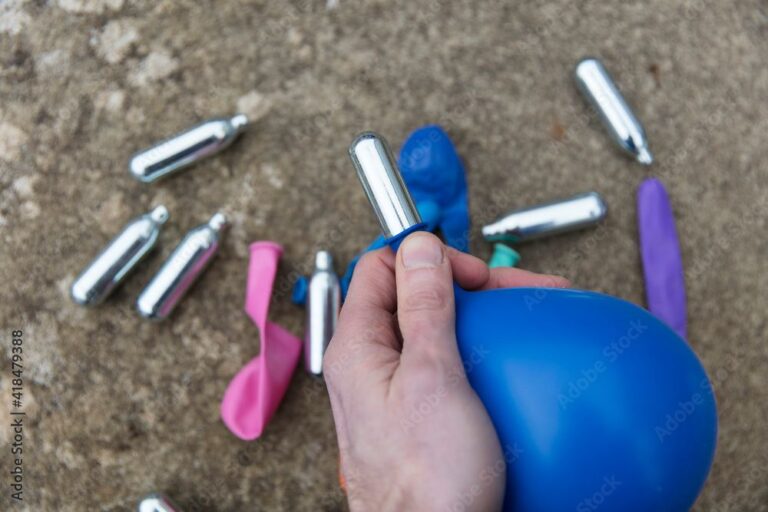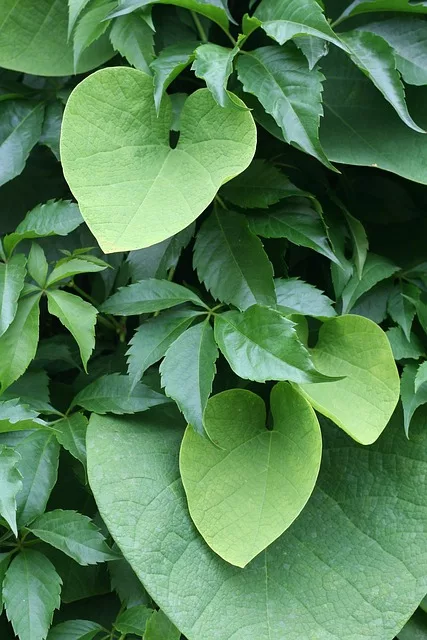Maybe you’ve seen an exotic-looking hookah in the window of a smoke shop, or been to a party where people were using one or, perhaps, you’re one of a growing number of people visiting hookah bars, cafes and lounges. If you don’t know what we’re talking about, a hookah is a water pipe with a single or multi-stem system used for smoking and vaporizing flavored tobacco, sometimes called shisha or hubbly bubbly.
Hookah bars have grown in popularity, especially among high school and college-aged kids. The Centers for Disease Control and Prevention (CDC) estimates that in the last decade, 2,000 to 3,000 new hookah cafes opened in the United States. In many parts of the country, these lounges have been able to skirt indoor smoking bans, though cities across the nation are trying to shut them down.
Typically, these bars are a social setting where users sit around a large multi-stemmed hookah and share the tobacco. A common misconception is that the water in the pipe filters out harmful contaminants and carcinogens. This, however, is not the case. The tobacco, which also goes by the name shisha, is often flavored with honey, molasses, and other unknown sweeteners.
A study at Rutgers University found a variety of health problems associated with the practice of hookah smoking, such as:
- Oral cancer
- Cancer of the head, neck and esophagus
- Premalignant lesions
- Gum disease
- Swelling of the vocal cords
- Dry socket a painful condition occurring after an adult tooth is removed
A report from the World Health Organization (WHO) suggests that users who partake in a hookah session, which lasts about an hour, inhale 100 to 200 times the amount of smoke than they would from one cigarette. What’s even more disturbing is that the trend has been picked up by the younger generations.
Nearly four out of every 10 colleges in the U.S. is located within three miles of a hookah lounge, cafe or bar, according to a study conducted at the University of Florida. Only campuses with strict no-smoking policies were able to keep the number of these spots to a minimum.
The social aspect, and the low price of hookah smoking, which is about $5 a person, account for some of its popularity. Because there’s been little research and education about the health risks of hookahs, few people realize the potential impact on their health. One National Institute of Health (NIH) survey found that 58 percent of users believed that hookah is less harmful than cigarette smoking.
Even with growing public awareness and concern over hookah bars, shutting them down might not be as simple as some communities believe. In response to Seattle’s efforts to limit the number of hookah lounges, the ACLU issued a letter encouraging the city to consider cafe owners and their livelihood before making hasty decisions.
Additionally, most hookah bars aren’t breaking any laws, and with recreational and medicinal marijuana use becoming the norm across the country, it’s difficult to call hookah smoking fringe behavior.
Related:
What are the Side Effects of Smoking Marijuana?
We Were Wrong About Smoking – It’s Worse Than We Thought
The Quit Smoking Timeline and What Happens to the Body
